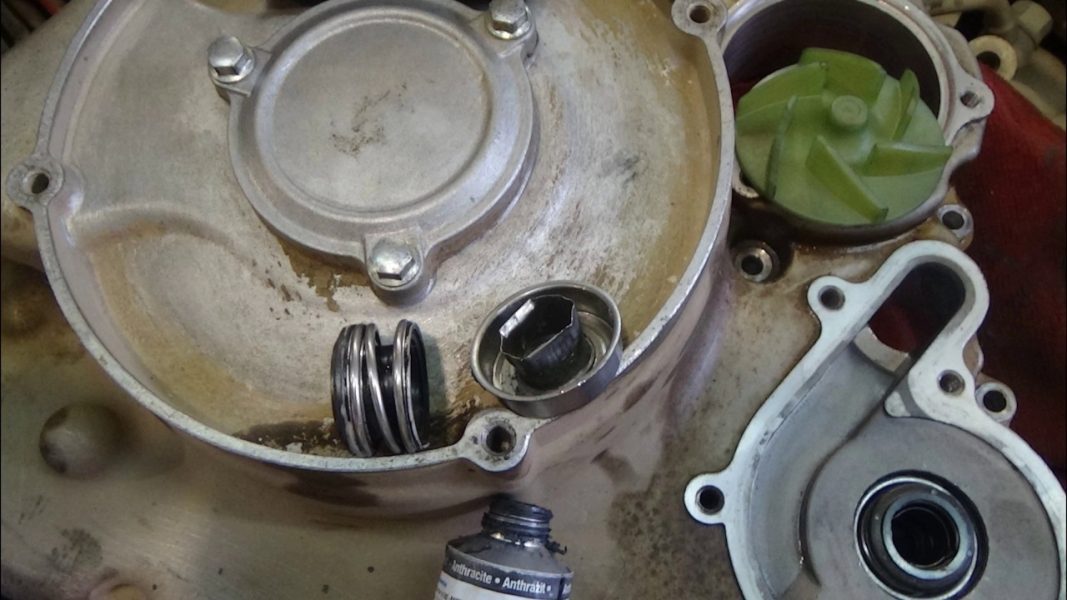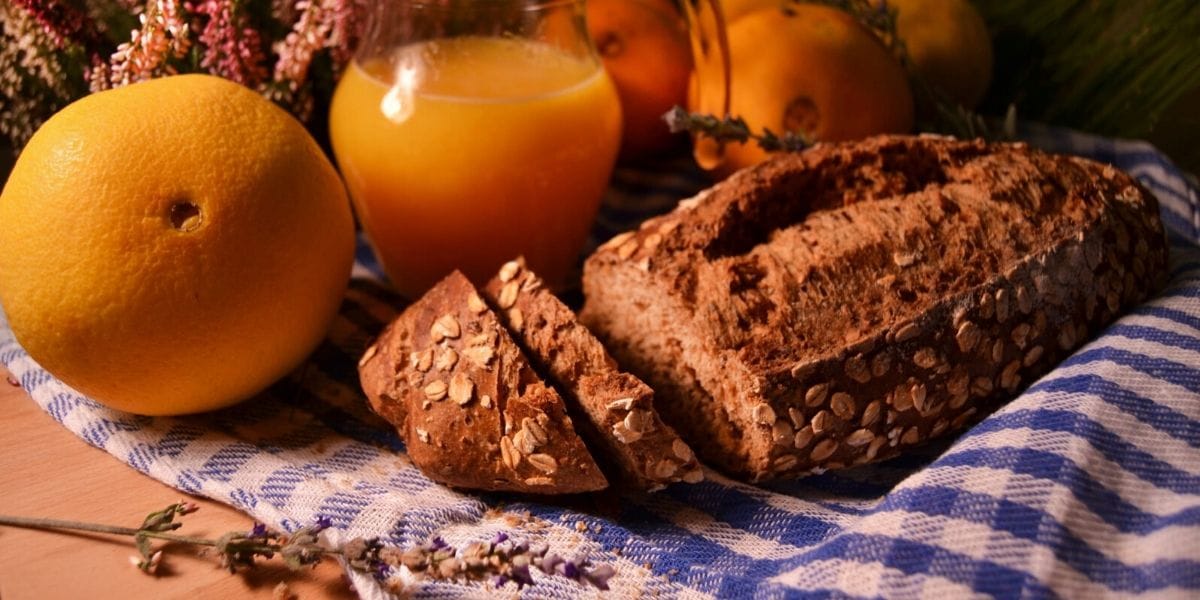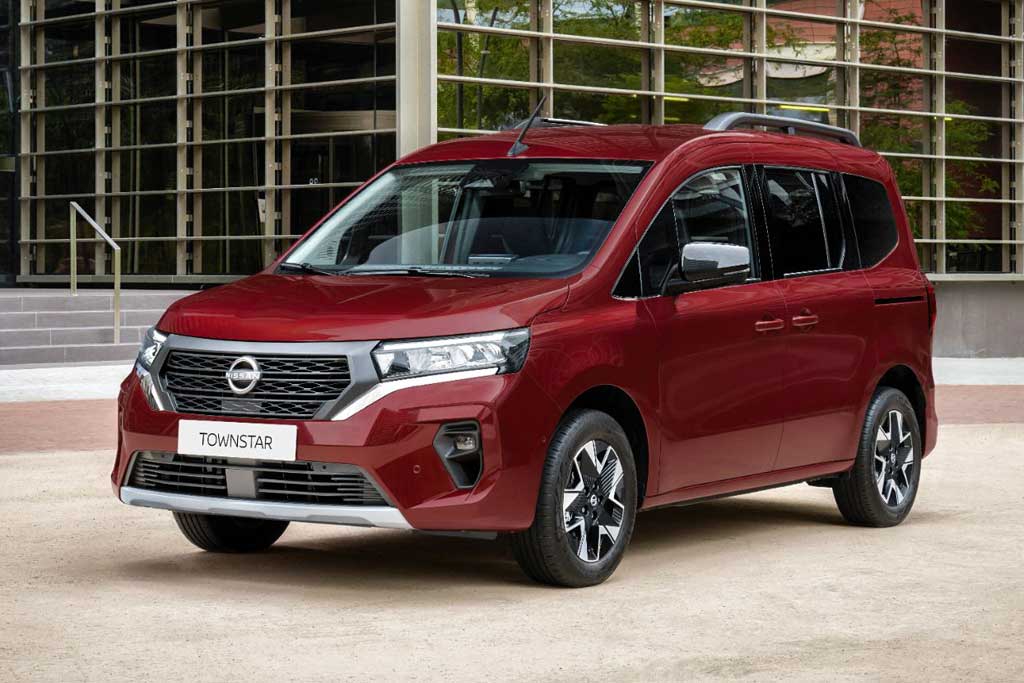
How to avoid hitting your ATV pump
Content
Your first long walks, especially after a few weeks of no skiing, were undoubtedly accompanied by something we all, all of us, could do without: a little pomp at 11am.
At the start we are fresh as cockroaches, full of energy and enthusiasm, happy to find this uncomfortable saddle and little loners in the forest. Kilometers follow one another, as well as climb. And there we remember that we have not done anything for a long time, we tell ourselves that the promised great point of view has not yet arrived, and ... "Wait, guys, I'm taking a short break!"
No harm ah! We call this hypoglycemia, or a pump stroke, or a barbell, and we explain how to learn how to manage this situation.
Causes of hypoglycemia
A quick reminder of college science lessons🤓.
All the cells in your body need energy to function. This energy comes almost exclusively from glucose. How far are you going? When its concentration in the blood reaches a low level, it is called hypoglycemia.
Let's go back to glucose.
Your body gets glucose from all the carbohydrates in your diet: rice, potatoes, sweet potatoes, breads, fruits, vegetables, and more.
After a meal, glucose from these carbohydrates is absorbed into the bloodstream. And it is through the action of a hormone called insulin that this glucose enters your cells to provide them with the energy they need.
When you consume more carbs than your body needs, some of the excess is stored in the liver and muscles as glycogen. The rest is stored as fat (yes ... 🍔). It is a metabolic mechanism that allows the body to store reserves for later.
Thus, in the short term, the glucose deficiency is quickly replenished by the liver, which uses up its stores in anticipation of the next meal. But the body cannot function normally in the long term without glucose.
Are you still here?

Hypoglycemia in Mountain Bikers
People who practice endurance sports such as cycling usually suffer the most from hypoglycemia. This is a very unpleasant sensation that manifests itself in different ways.
As a mountain biker, you've probably already experienced the hunger that follows an intense session. This usually corresponds to a drop in blood sugar levels. If you refrain from eating, hypoglycemia will soon develop.
This is why you need to take a short break to stock up on fast-digesting sugars (see this article for more on slow and fast sugars).
There is a second form of hypoglycemia that mountain bikers often suffer from, even when reserves are at their maximum: reactive hypoglycemia.
This is a sudden rise in blood sugar levels, followed by an equally rapid drop that occurs about XNUMX minutes after starting a workout.
Let's say for a moment that in anticipation of your mountain biking trip, you decide to eat 1 hour before the start. You tell yourself that you will build up enough reserves to withstand the effort required. Therefore, you consume a significant amount of carbohydrates.
But just 30 minutes after the start of the session, you feel dizzy and suddenly feel cold ... This is a case of reactive hypoglycemia caused by eating foods with a high glycemic index, which causes a significant increase in blood sugar levels. but also stimulates excessive insulin secretion.
Get rid of hypoglycemia with diet
It is often said that prevention is better than cure. This quote makes sense when it comes to hypoglycemia, as in the most extreme cases it can even cause blackouts. Fortunately, knowing how to properly organize your diet is enough to avoid hypoglycemia.

Before the effort
Experts recommend a 3 hour break between the last meal and the start of the session to avoid digestive upset during exercise. However, you can consume slow-digesting carbs about 1 hour in advance to keep your stores at their peak. At breakfast, focus on hydration, carbohydrates, protein, but limit your fat intake. Oatmeal and whole grain breads contain beneficial fibers that regulate blood sugar levels and therefore reactive hypoglycemia.
However, be careful with fibers, which can cause intestinal discomfort.
Here is an example of an antihypoglycemic menu before an MTB session.
7 am: breakfast
- 1 glass of orange juice
- 50 g oatmeal
- 1 vegetable drink
- 2 eggs
- 1 tranche of pain completed
- 1 tablespoon of honey
9 am: snack
- 2 large glasses of water
- 2 fruits or 1 energy bar
10 am: Departure 🚵♀️ – have fun
During the effort
During the course, carbohydrate intake should be as digestible as possible.
- Drink a mixture of water and maltodextrin in small sips (up to 50 g of maltodextrin per 300 ml of water). Maltodextrin is a drink made from wheat or corn starch, a fast-release, digestible carbohydrate source. It is easy to find recipes for isotonic drinks on the Internet. Malto is said to be a powerful ally in the fight against hypoglycemia. However, be careful not to consume too much pre-workout or you risk causing an insulin spike that will detrimentally affect your performance.
- 3 long range energy gels.
- Several slices of banana, dark chocolate, gingerbread, dried fruit, etc.
Always carry an energy gel, compote or some honey with you next to your drink to quickly raise your blood sugar when needed.
After the effort
Do not neglect this phase, it improves recovery. The goal is to replenish the reserves, while not forgetting the hydration. So you can choose:
- water and bicarbonate-rich drinks such as Saint-Yorre
- vegetable broth
- 100 grams of rice
- 100 g white meat
- 1 drop of olive oil
- 1 банан
Conclusion
Avoiding hypoglycemia means knowing how to prepare well for intense exercise. Three days before, it is recommended to follow a strict diet in order to optimize glycogen stores. The idea is to provide the body with enough fiber and hydration, as well as quality carbohydrates in the right amount. Indeed, keeping track of the glycemic index of foods is good, but that's not all. These foods should contain enough carbohydrates. This is called the glycemic load of foods.

